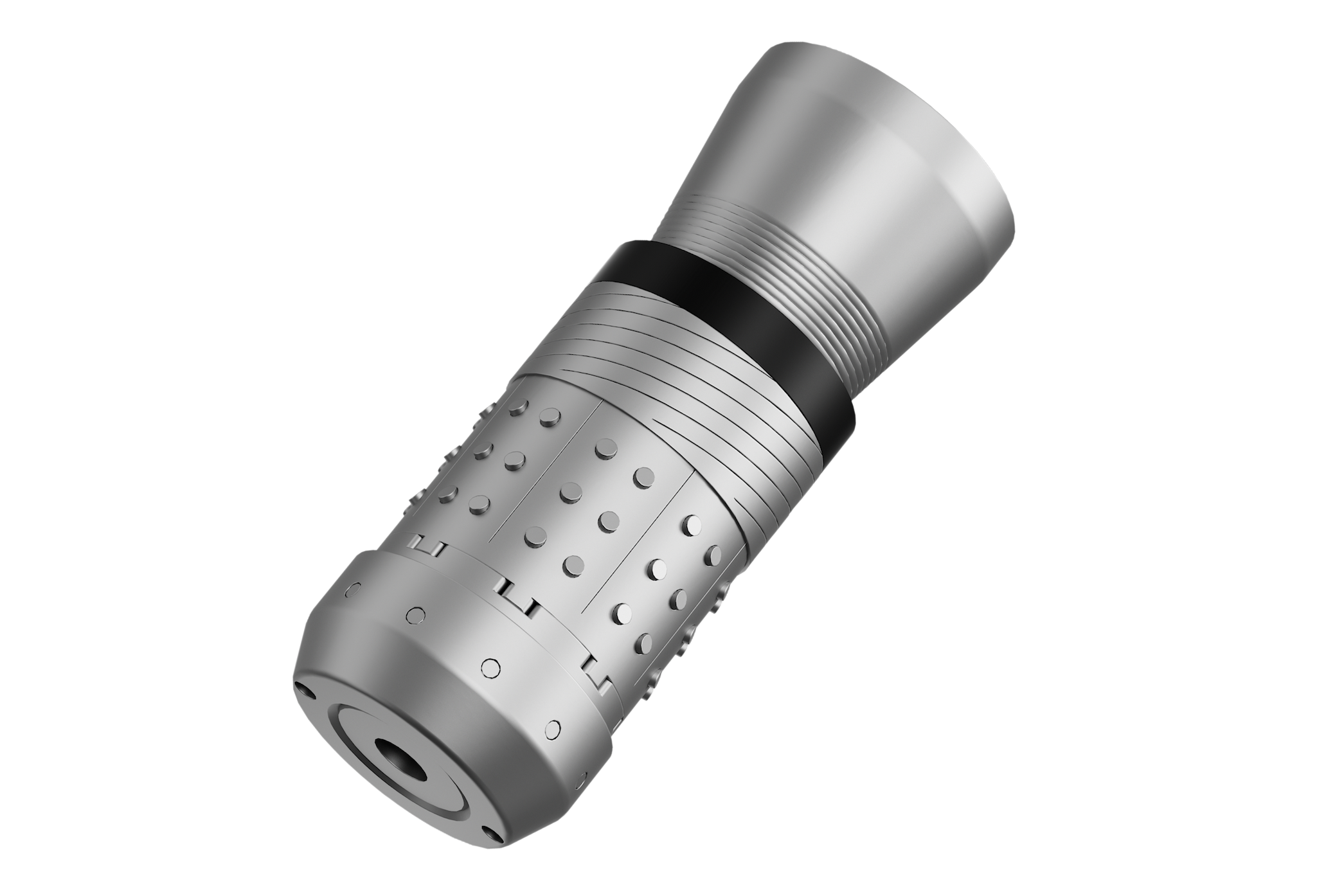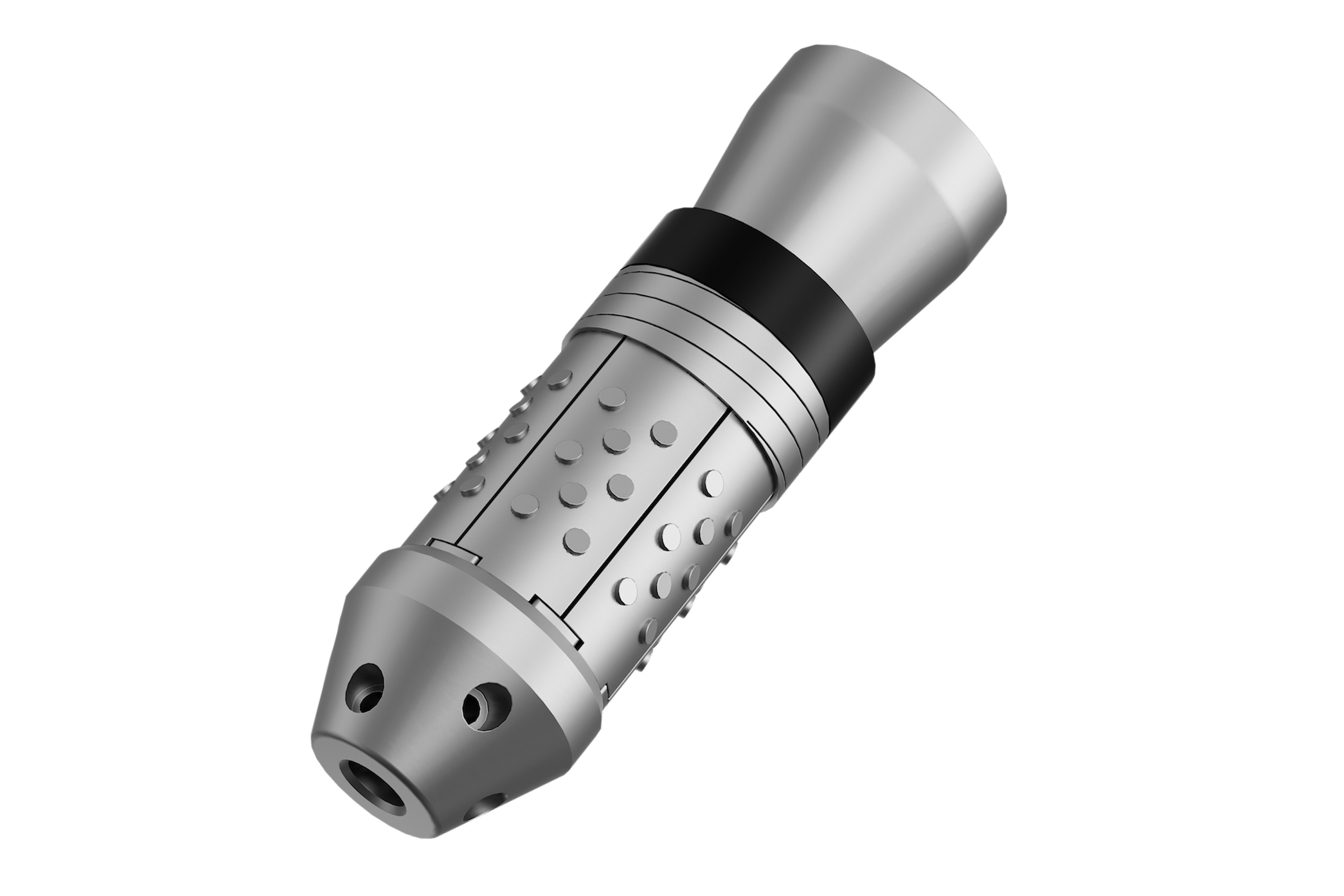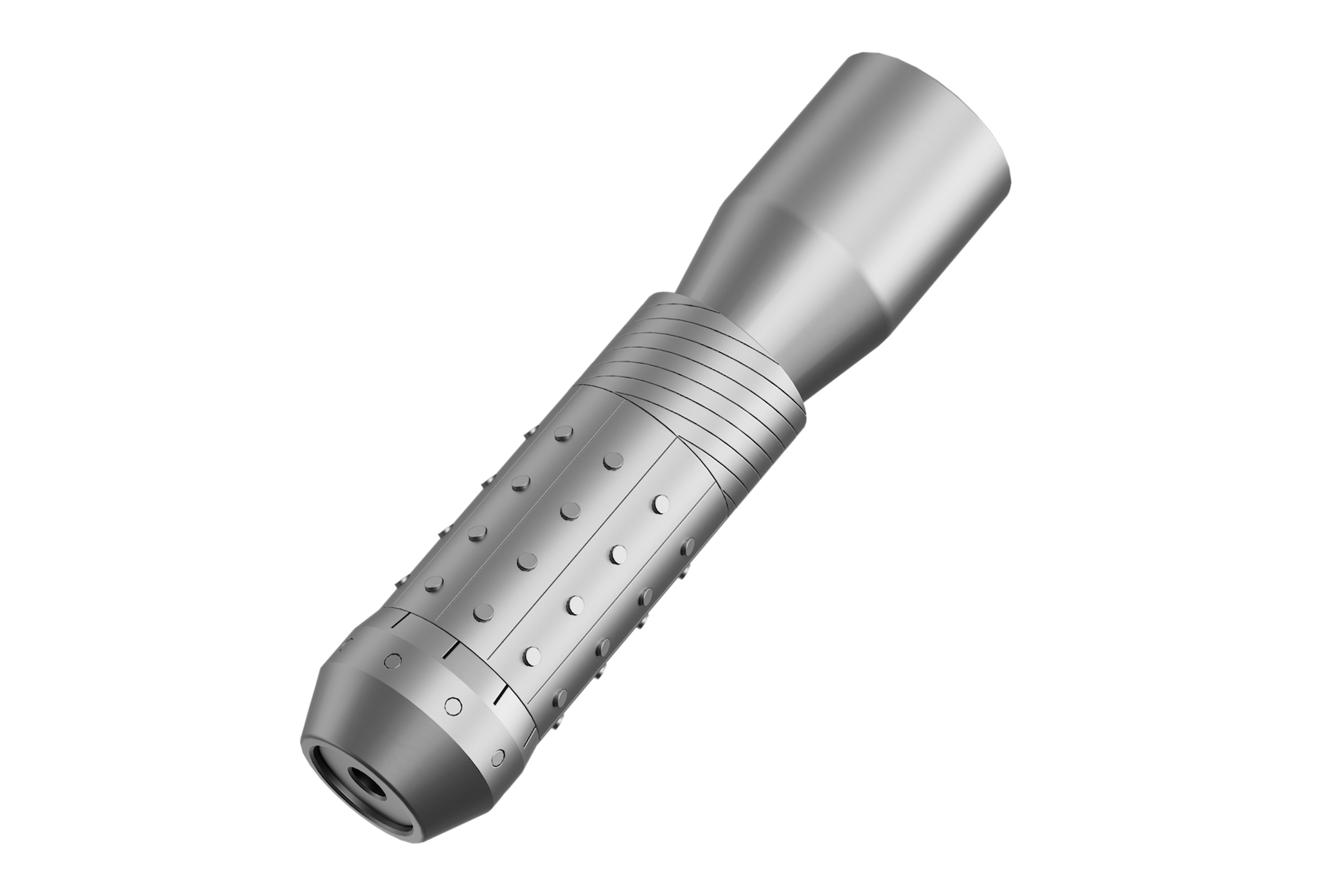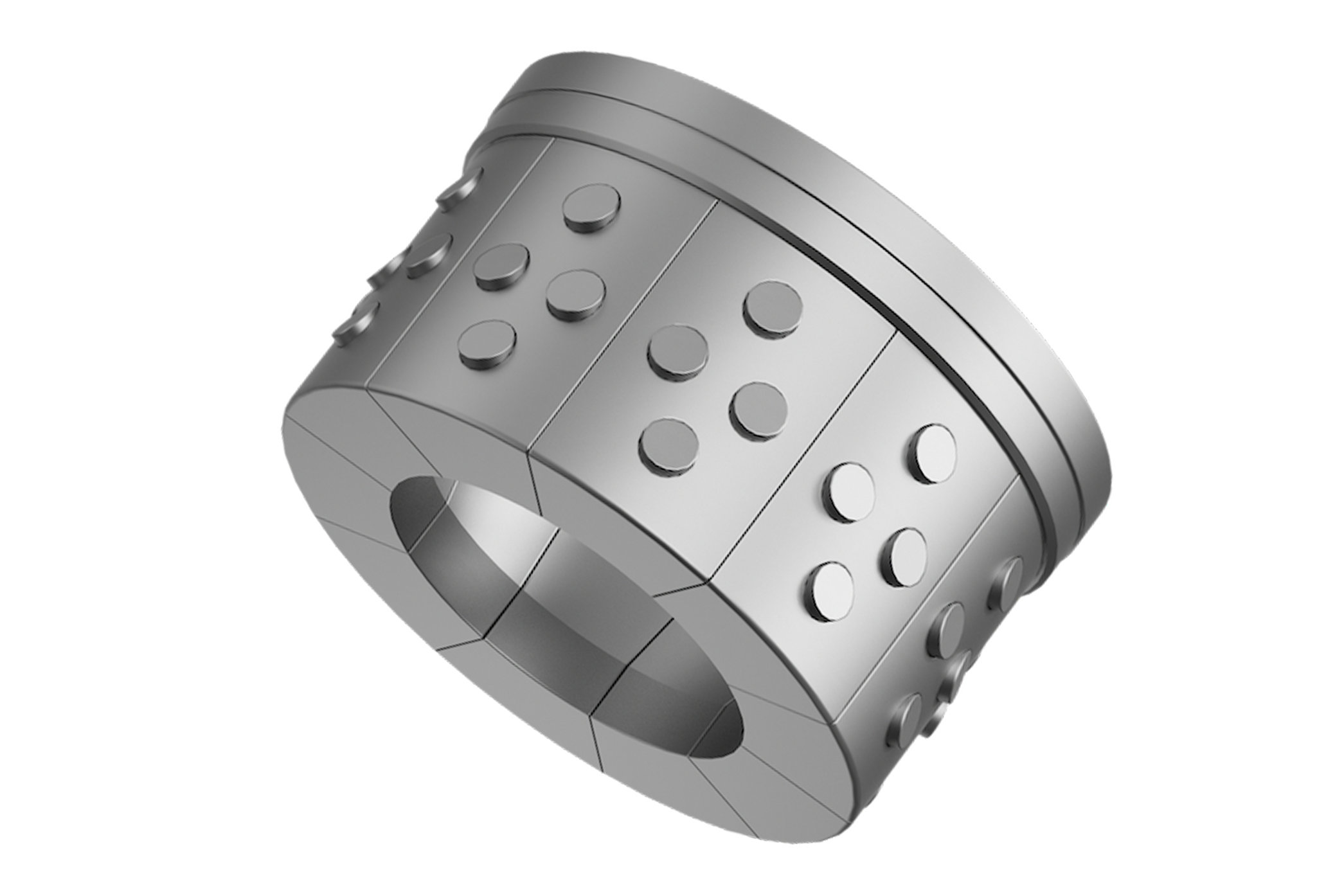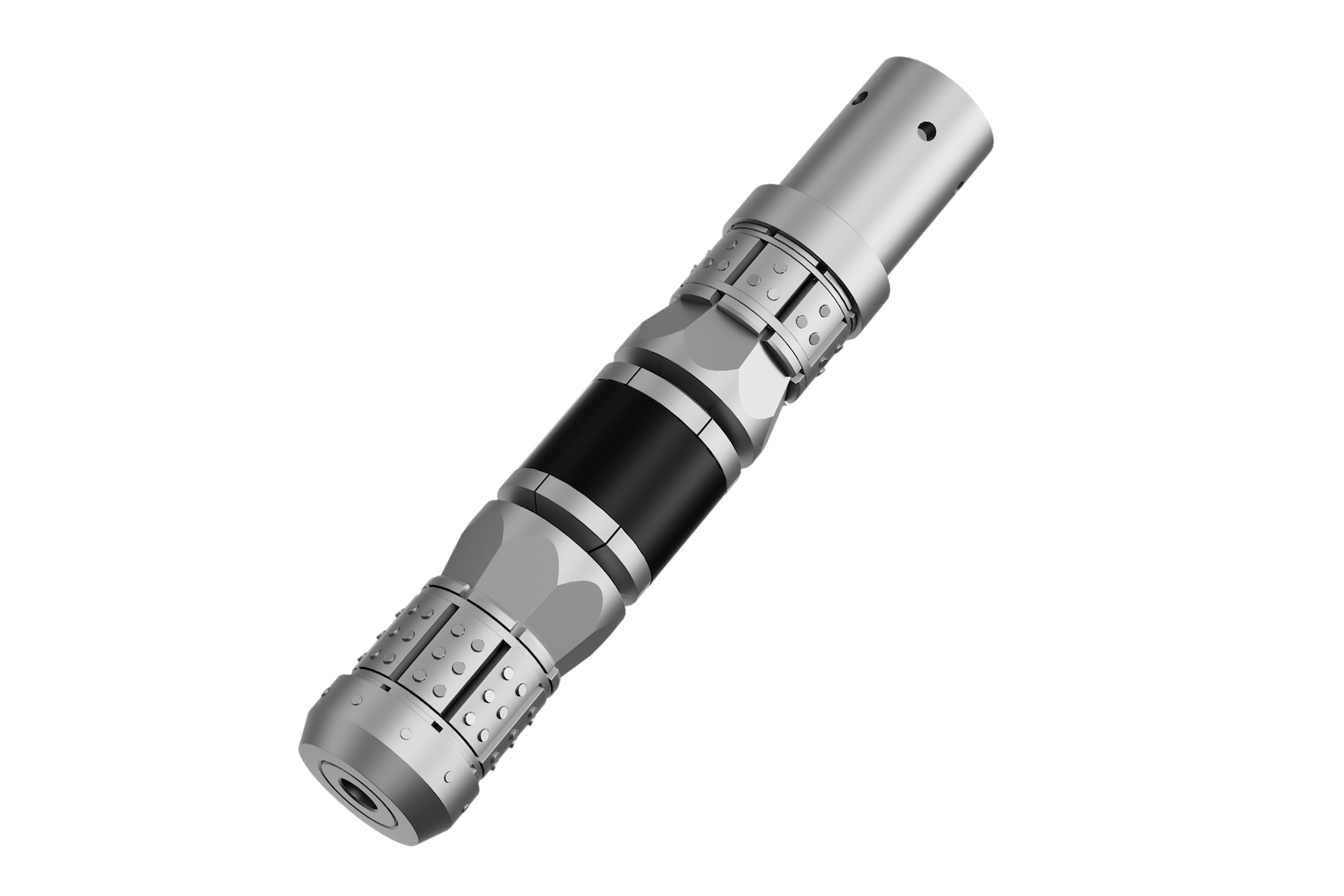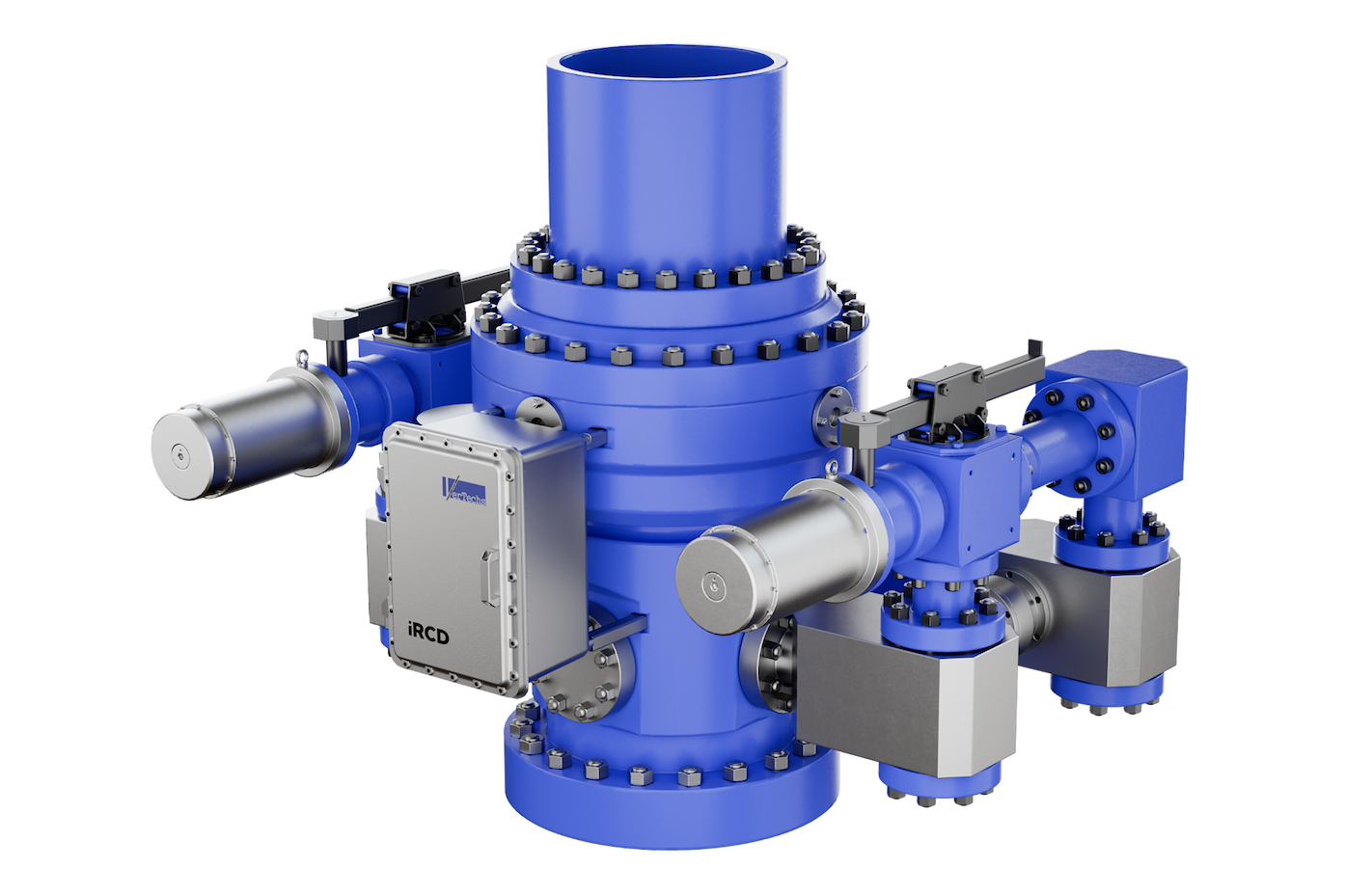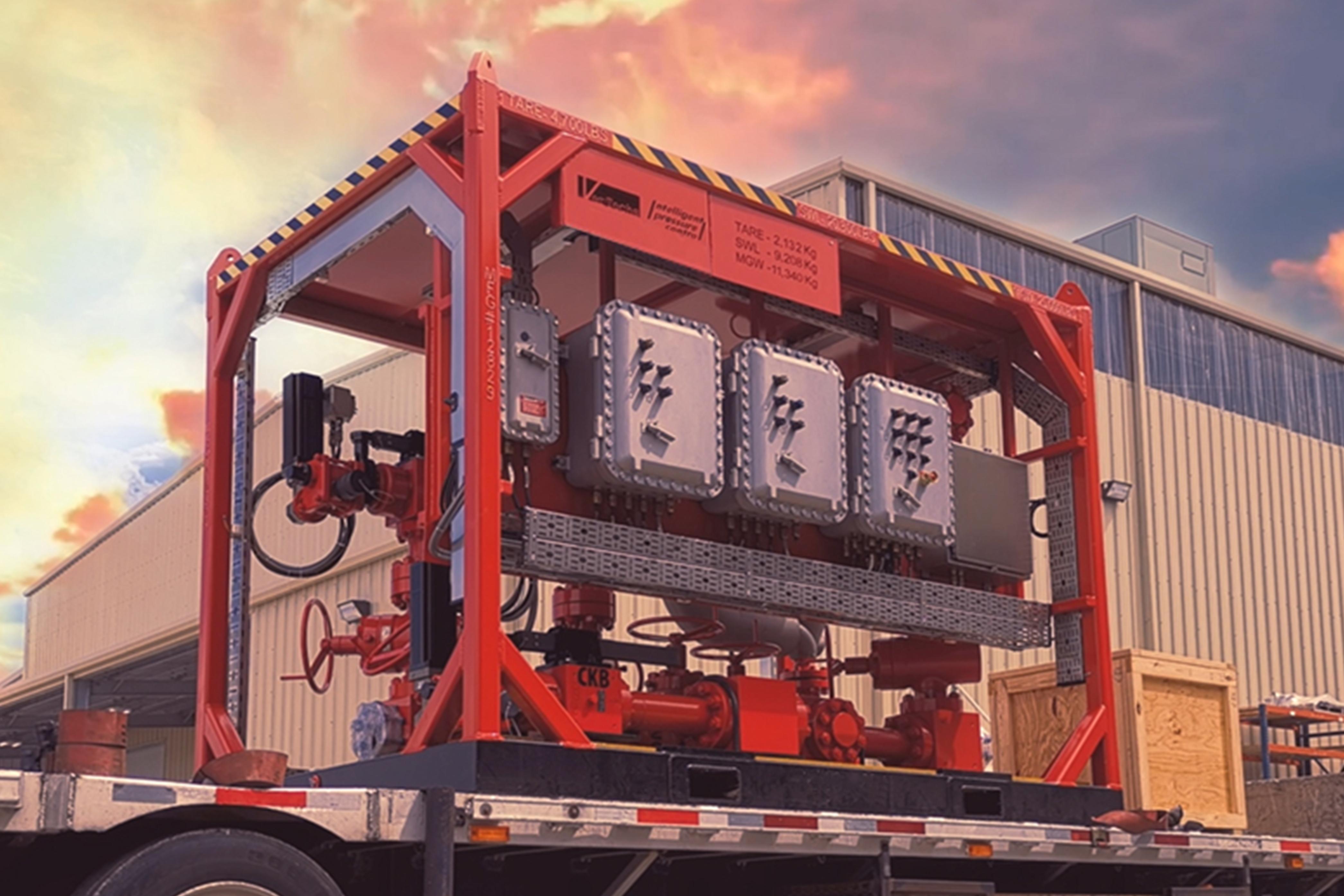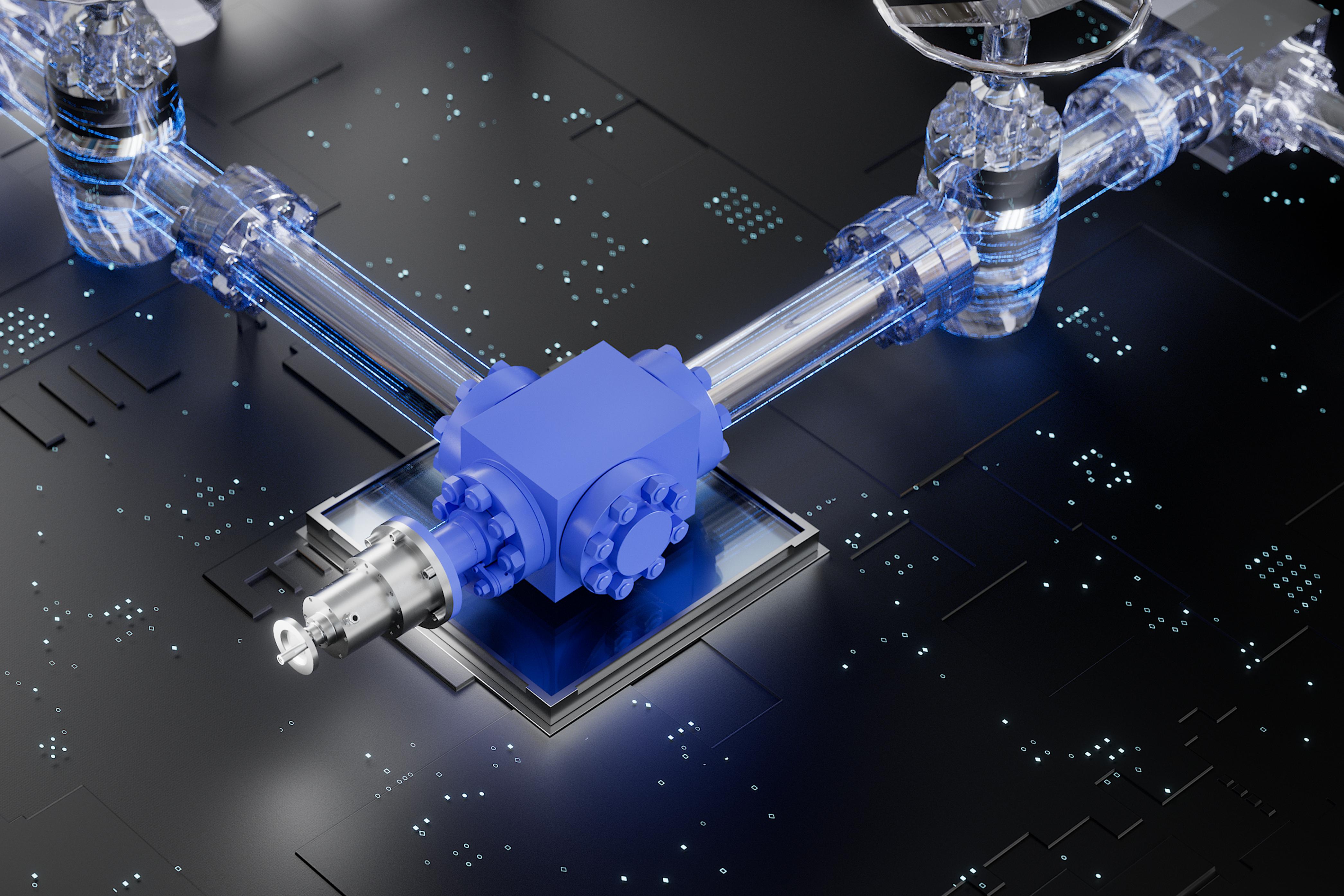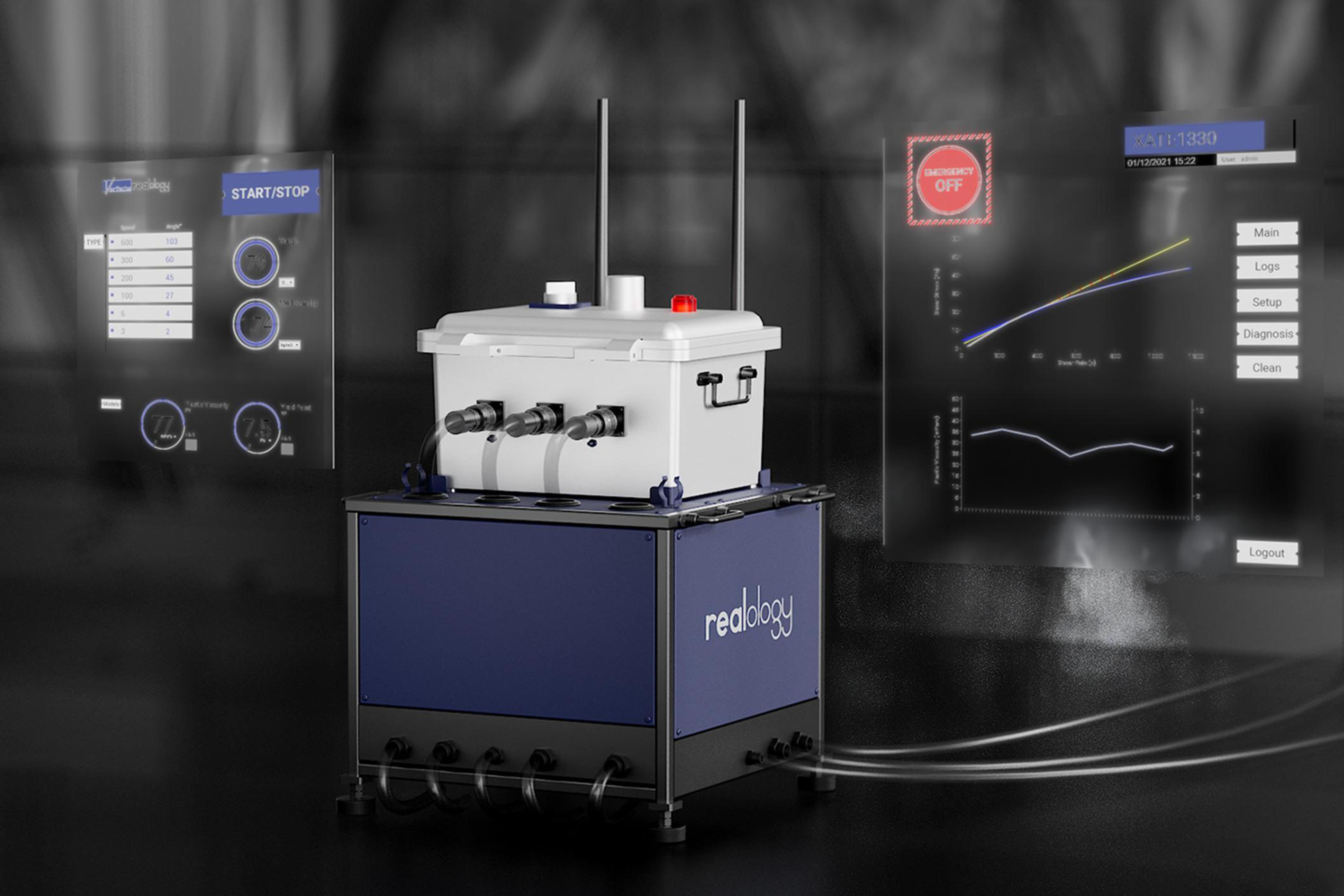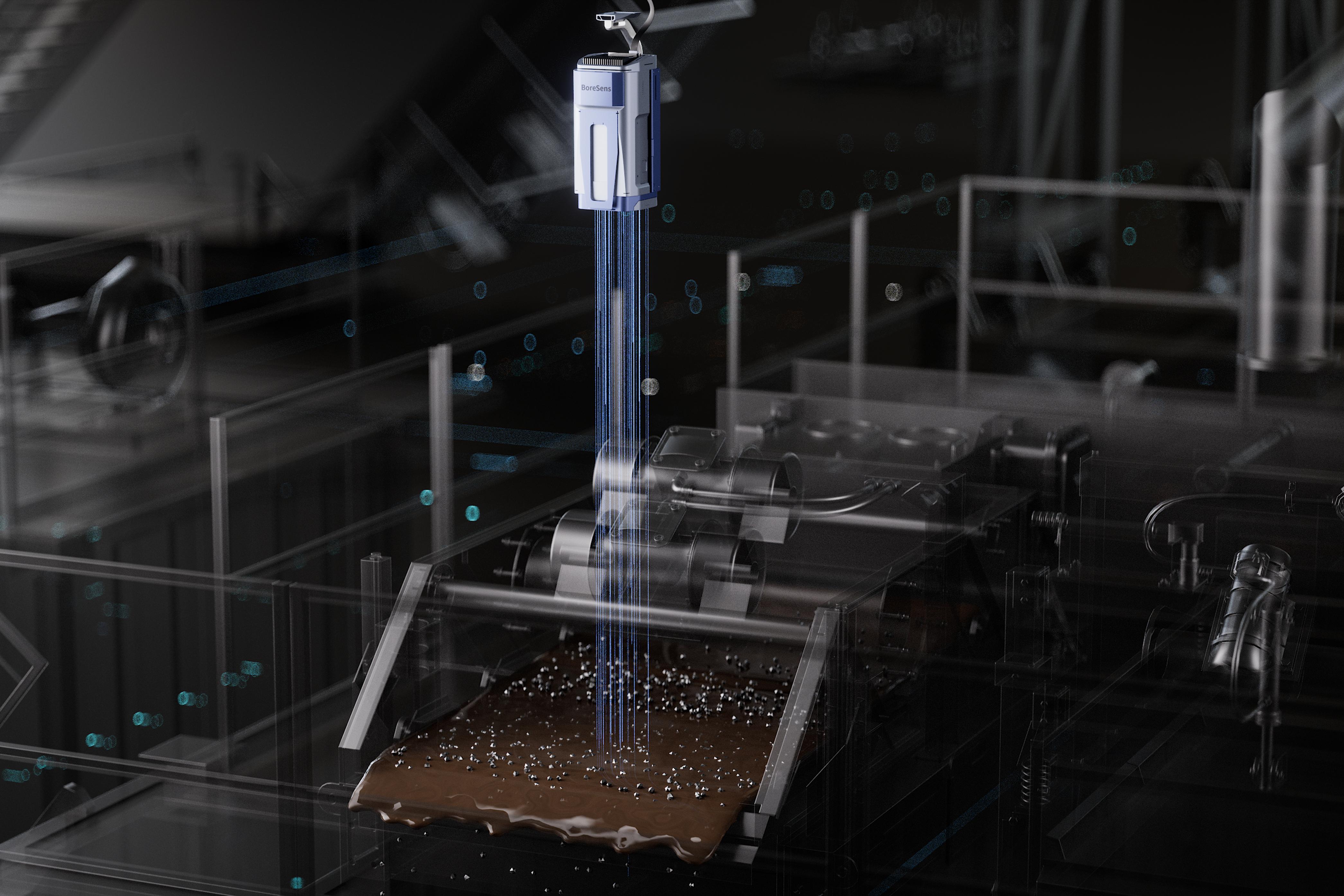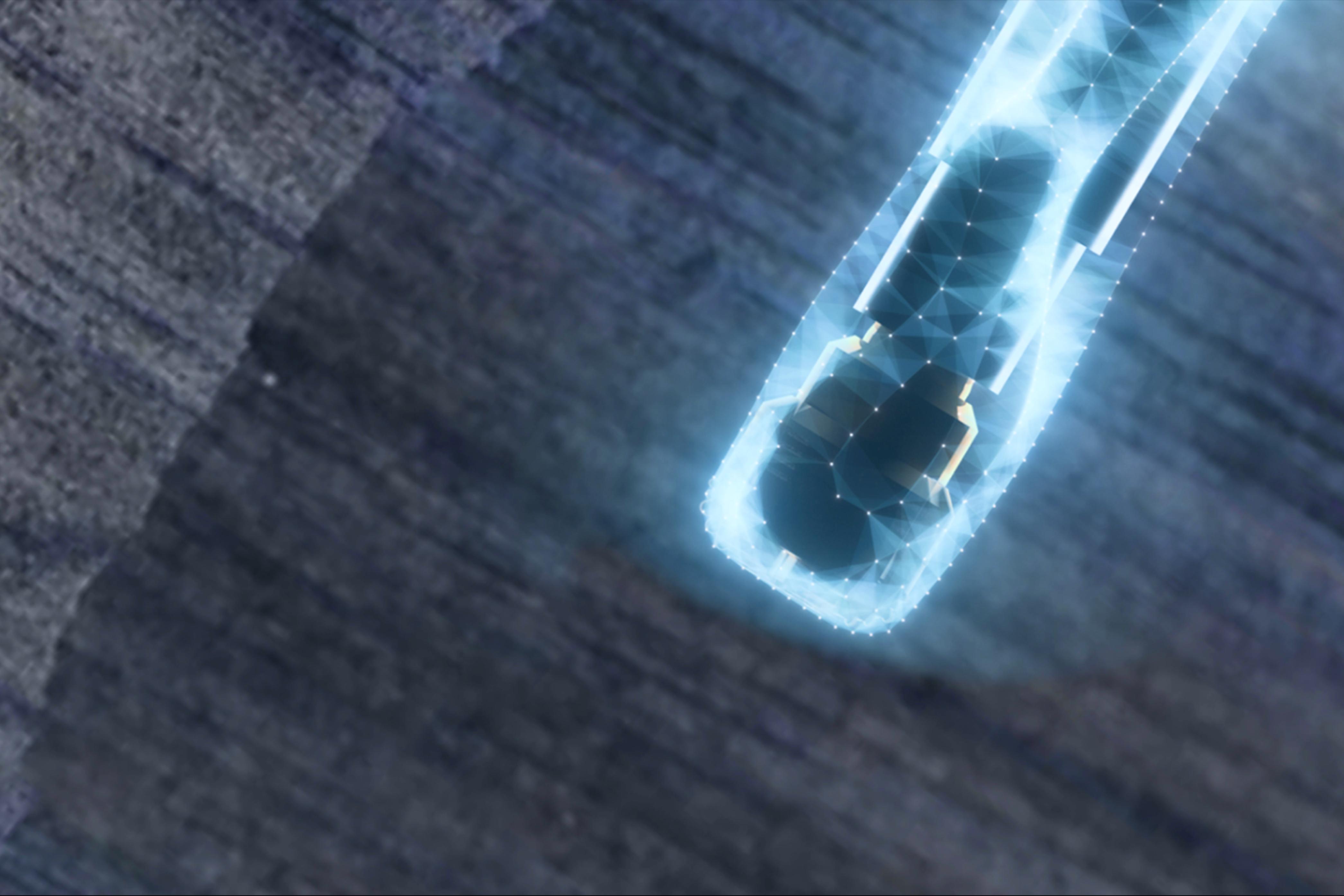
-
Home
-
Products & Services
-
Dissolvable Plugs
 Fast Drill Plugs
Fast Drill Plugs
-
Intelligent Rotating Control Device
 Intelligent Well Control
Intelligent Well Control
-
Intelligent Fluids Monitoring
 Real-Time Wellbore Monitoring & Strengthening
Real-Time Wellbore Monitoring & Strengthening
-
Digital Solutions

Unconventional Completion & Dissolvable Technology
Featured HighlightsIntelligent Pressure Control Technology
Featured HighlightsIntelligent Fluids Monitoring Technology
Featured Highlights -
-
Vertechs Share
-
News
-
QHSE
-
About Us
-
Contact Us
Vertechs Sponsors the New Year & Freshmen Welcome Party of Southwest Jiaotong University School of Transportation and Logistics
2013-12-24
Let the Dream Carried Out & Let the Dream Carried On
Accountability, mutual benefit is the core value of vertechs company culture. Vertechs has been taking its social responsibility proactively and always takes part in social activities voluntarily. On 10th Dec 2013, sponsored by Vertechs, the New Year & Freshmen Welcome Party of Southwest Jiaotong University Transportation & Logistics Faculty was held successfully in Chengdu.
Versatile teachers and students present an excellent gala night with various programs, including singing, dancing, traditional crosstalk, chorus, opera, etc.
This is also a vivid reflection of Vertechs culture. The company is a stage. A stage for any talent who is willing to perform, willing to let his or her dreams carried out and carried on. On this stage, innovation & creativity is embraced, diversity is welcomed and our dreams are fulfilled.

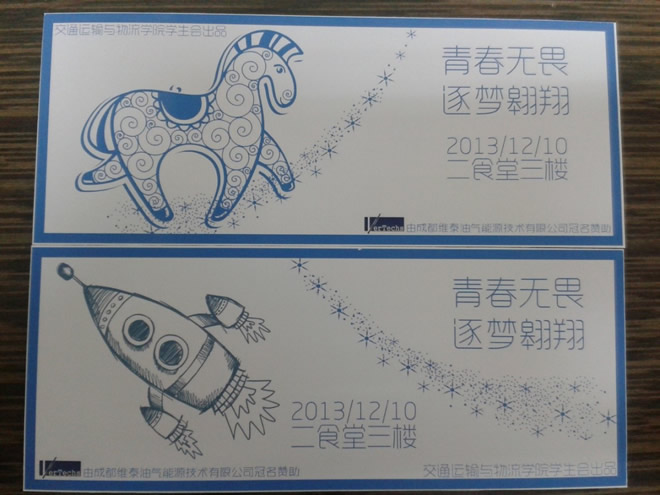

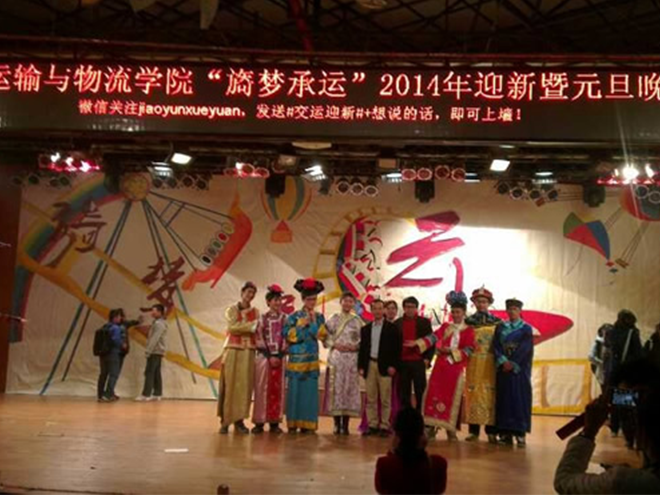












©2025 Vertechs Group 蜀ICP备13005232号-1
